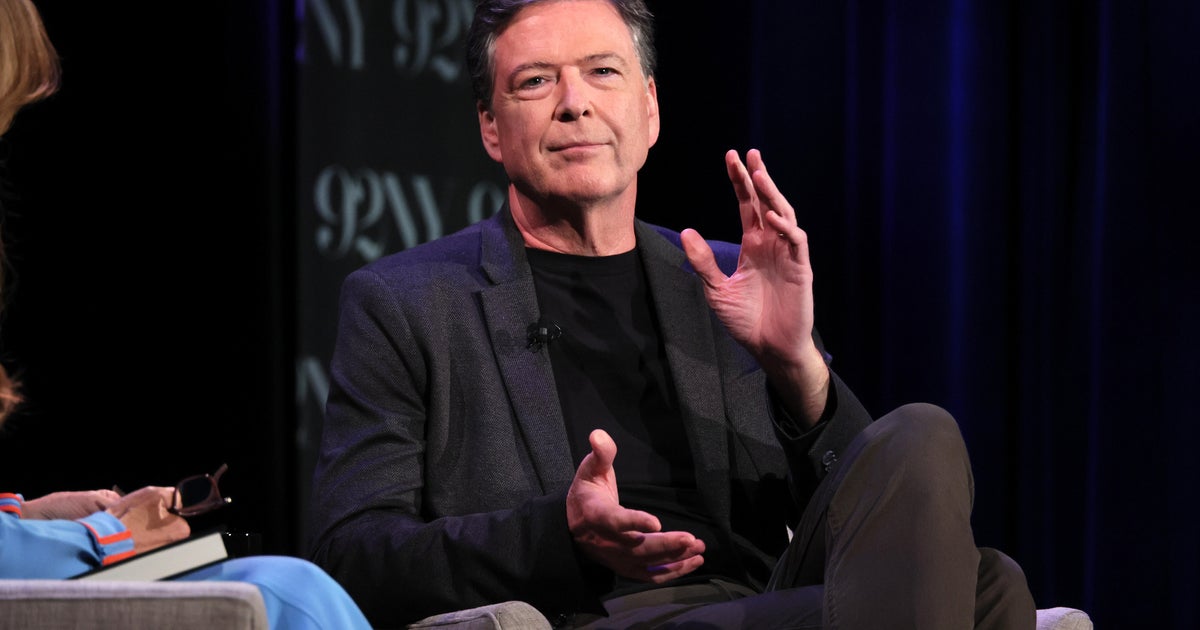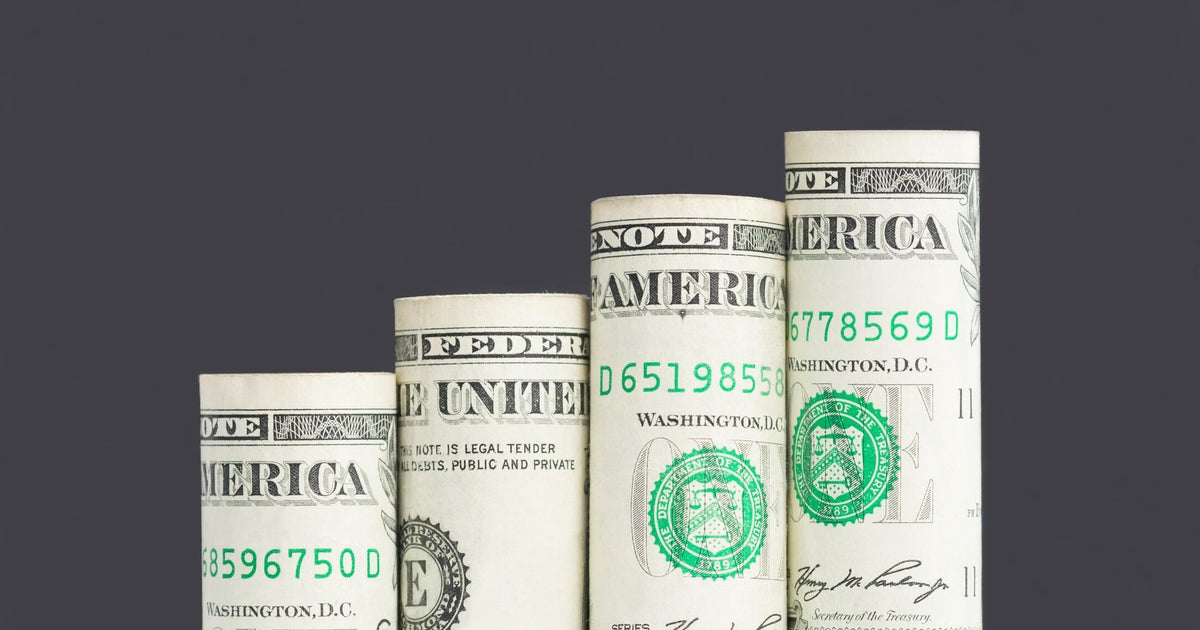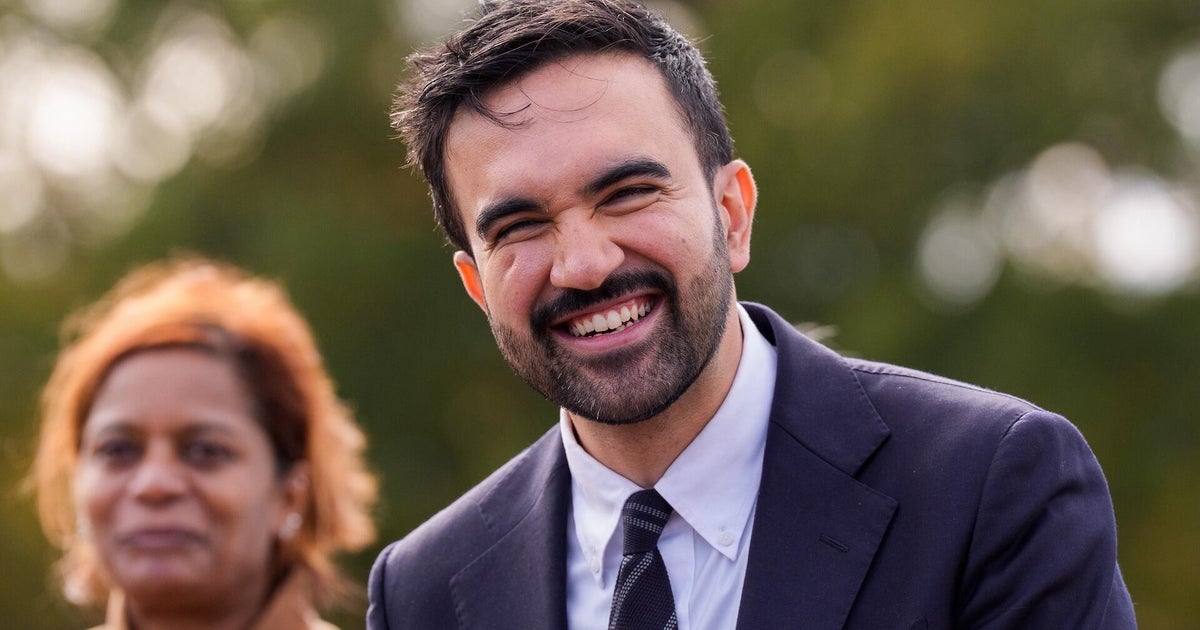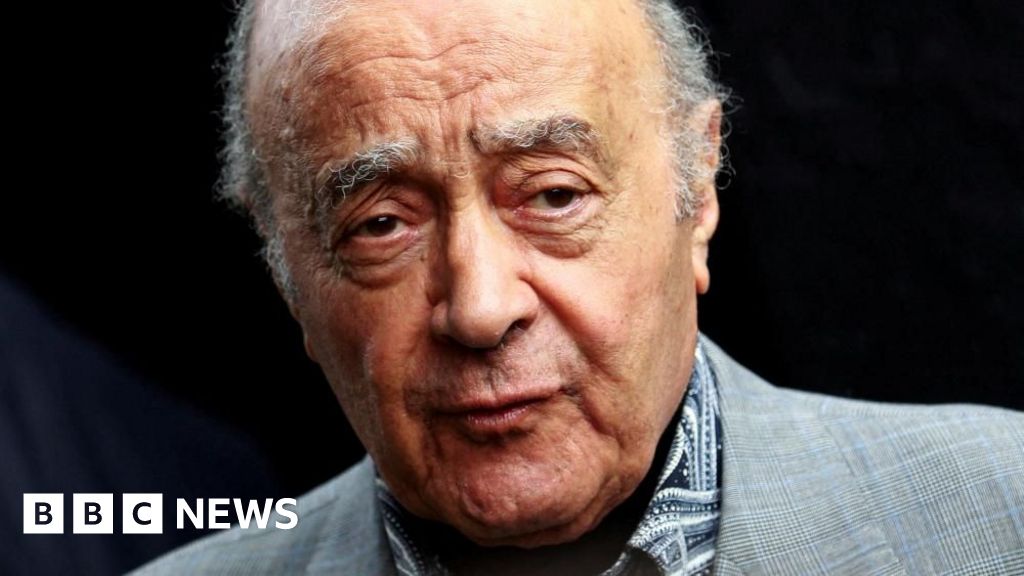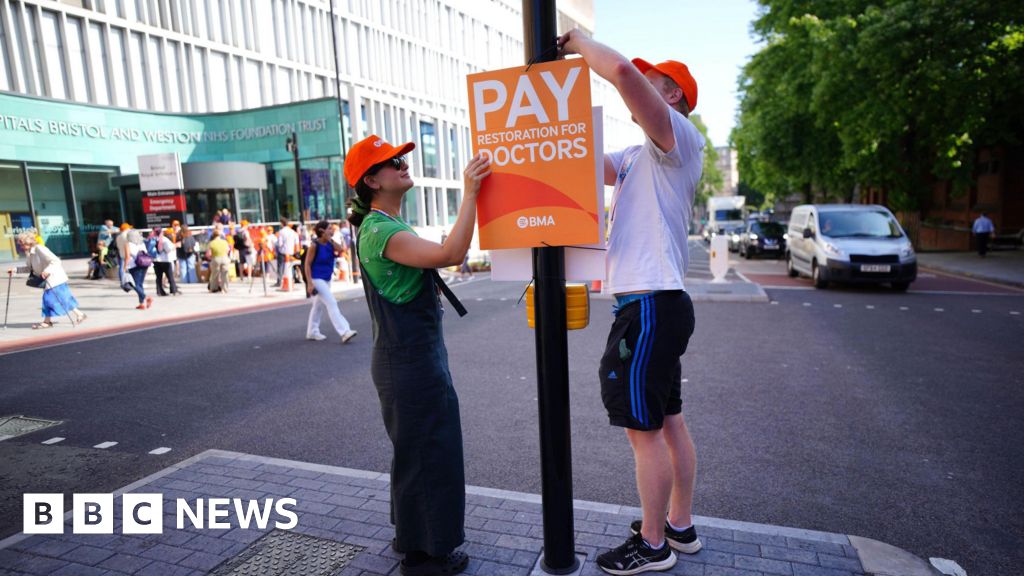 If you're planning to take out a $700,000 mortgage loan, you need to know what the payments could be now.
Seng Kui Lim/Getty Images
If you're planning to take out a $700,000 mortgage loan, you need to know what the payments could be now.
Seng Kui Lim/Getty Images
With the Federal Reserve issuing back-to-back 25-basis-point rate cuts in September and October, mortgage rates have been on a downward slide recently, meaning that borrowers are finally catching a break. Case in point? Mortgage rates fell to a three-year low right before the October Fed rate cut was announced, and while rates have ticked back up slightly in the days since, the average 30-year fixed mortgage rate now sits at 6.17%. While that rate is up slightly from recent lows, it's a notable improvement from the 7%-plus territory that dominated the early part of the year.
In other words, the mortgage rate trend is still moving in the right direction for borrowers who've been sitting on the sidelines waiting for mortgage loan costs to ease. Even small shifts in interest rates can dramatically impact what you'll pay each month for your mortgage, after all. And, these small-but-mighty mortgage rate drops can be especially helpful for homebuyers who need to secure larger mortgage loans, like those in the $700,000 range — a price point that's become increasingly common in competitive markets and major metro areas.
If you're planning to take out a $700,000 mortgage loan, though, understanding how much you'll actually pay each month is an essential part of the equation. Below, we'll take a closer look at what those payments could be at today's rates.
See how low your current mortgage rate offers are here.
What are the monthly payments on a $700,000 mortgage after the October Fed rate cut?
The average 30-year fixed mortgage rate is 6.17%, down from 7.04% in January 2025 and 6.72% in October 2024, according to Freddie Mac. Rates on 15-year fixed mortgage loans have also fallen to 5.41%, compared with 6.27% in January and 5.99% a year ago. Those changes might sound small, but for a $700,000 loan, they translate into major differences in monthly costs.
For example, if you're financing $700,000 with a traditional 30-year fixed mortgage loan at today's average rate of 6.17%, you're looking at a monthly principal and interest payment of $4,273.67. Note, though, that this payment doesn't include other costs, like property taxes, homeowners insurance or association fees, which can add significantly to your monthly payments.
For borrowers who can handle a higher monthly payment in exchange for long-term savings, a 15-year mortgage at today's average rate of 5.41% would result in a monthly payment of $5,686.21. That's a significant increase in the monthly costs compared to the 30-year loan term, but the benefits of taking this route, like faster equity building and paying far less interest over the loan's life, are substantial.
Now let's put these numbers in perspective. Back in January 2025, when the average 30-year mortgage rate hovered around 7.04%, that same $700,000 loan would have cost you $4,675.94 per month. That means today's rates could save you roughly $400 per month, or nearly $4,800 annually.
The savings are even more apparent looking back to October 2024, when the average 30-year rate sat at 6.72%. At those rates, your monthly mortgage loan payment then would have been about $4,526.24. Today's rate represents a savings of around $250 per month, or about $3,000 per year. Over the life of a 30-year loan, those monthly savings add up to tens of thousands of dollars.
For the 15-year mortgage option, the comparisons are equally striking. In January 2025, when the average 15-year rate was 6.27%, your monthly payment would have been $6,009.59, or about $323 more per month than what you'd pay at today's rate. And in October 2024, when 15-year rates averaged 5.99%, the payment would have been $5,903.22, or about $217 higher than what you'd pay now.
Learn how affordable a mortgage loan could be at today's rates.
How much does it cost to refinance a $700,000 mortgage loan at today's rates?
Homeowners who locked in higher rates over the past year or two may find that refinancing makes financial sense now. You'll need to factor in closing costs, which typically run between 2% and 5% of the loan amount, but if you're sitting on a rate above 7%, the savings could be worth it. Here's what refinancing $700,000 would look like at current rates:
- 15-year refinance at 5.82%: Your monthly principal and interest payment would be $5,839.14 with a 15-year mortgage loan refi at today's average rate. That amount is substantial, so this option is generally best for homeowners who want to eliminate their mortgage debt quickly and can comfortably handle the higher monthly payment.
- 30-year refinance at 6.46%: The monthly payment at today's average rate would come in at $4,406.08. This option offers a more manageable monthly obligation while still delivering meaningful savings compared to the higher rates many borrowers locked in earlier this year.
The bottom line
The Fed's recent rate cuts have nudged mortgage rates down from their 2025 highs, creating a more favorable environment for homebuyers and those considering refinancing. While rates remain elevated compared to the ultra-low levels seen in 2020 and 2021, the improvement from earlier this year is real and could translate to significant savings.
So, if you're in the market for a $700,000 mortgage, this may be a strategic time to act. As always, though, you should take the time to shop around with multiple lenders to compare offers, as even a small difference in your mortgage rate can mean thousands of dollars in savings over time.
Edited by Matt Richardson





